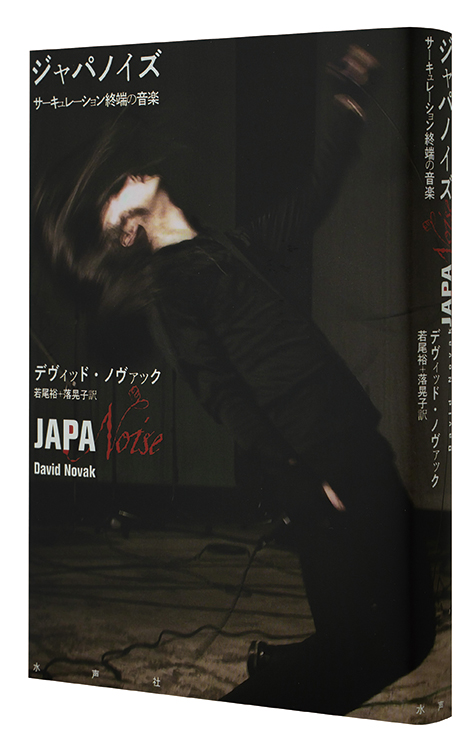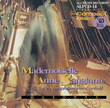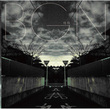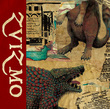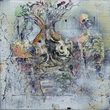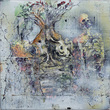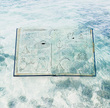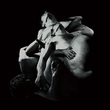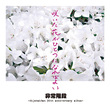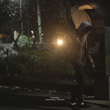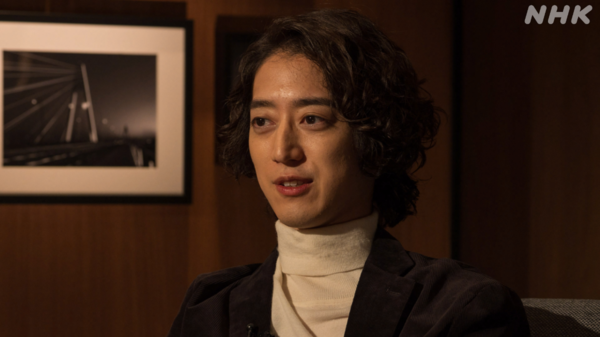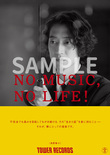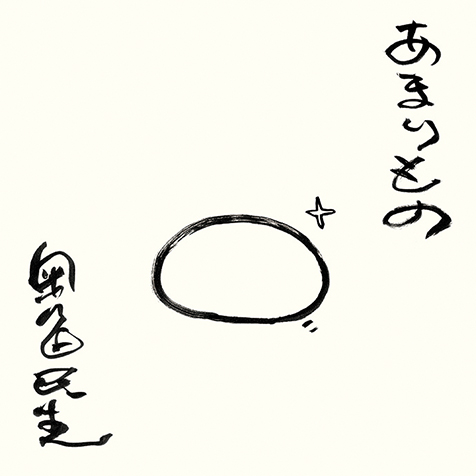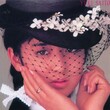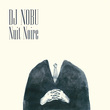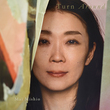Pure Japan born noise intoxicates the world
It was the 50 CDs box set of Merzbow, titled Merzbox that I picked out from the deepest of my music library for the BGM to sit in for writing this article, which has been out of my sight for a while. I bought this giant box set of CDs released in 2000 by Australian label “extreme”, directly from Masami Akita himself (I think it costed me approximately $500.) M. Akita / Merzbow had been already famous enough around the world to be capable of being produced the 50 CDs box set of only atrocious noise around that time. In early 90’s, noise music of Japan has started drawing attention from Europe and America, and brought about new term “Japanoise”. Akita as an iconic presence of the term has been the most prestigious artist of it. Although its market size is smaller than that of pop music, it was the first time that the music born in Japan intoxicated listeners of outside Japan to be recognized as the movement or one collective idiom. Looking back the period of Japanese noise musicians advancing into the market of Europe and America from late 80’s to beginning of 90’s fills me up with exciting memory even now.
This is the book of Japanoise, a case study of it from the view of an Ameican.
The author who is a ethonomusicologist and teaching at the University of California, has found the Japanese Noise Phenomena for the first time when he made his first trip to Japan. More than a decade of research from ’98 was released as his dissertation, which had culminated to this book.
The first chapter with the dissection about the nature of noise and idiosyncrasy of Japanoise follows the description about its dissemination with historical background, and adds up the emergence of Japanoise, and its meaning through its critical acceptance of the media.
Many evidences not only form the musicians but also those deeply concerned with it (mostly from Osaka and Kyoto) are very acceptable and interesting for Japanese listeners who had contemporarily shared the scene at that time.
In regard to the important contribution of the legendary free space “Drugstore”, such statements are quoted as: “I decided to play Noise, like we played in Daigoretsu sometimes – but all the time.” (Jojo Hiroshige), or “It was Mikawa, really, who started using the term Noise to talk about all the henna records he was bringing into Drugstore.” (Shojiro Ishibashi of F.M.N. Sound Factory)
Finally, with the reference to the fundamental philosophy of Masami Akita’s representations the Japanoise as the criticism by the humanism against the machine civilization and highly developed capitalism, the inherent nature of noise conceived within the cassette tape culture, or the noise and politics-socio perspectives in the circulation of the feedback are introduced. These speculations give us thrilled experience.
